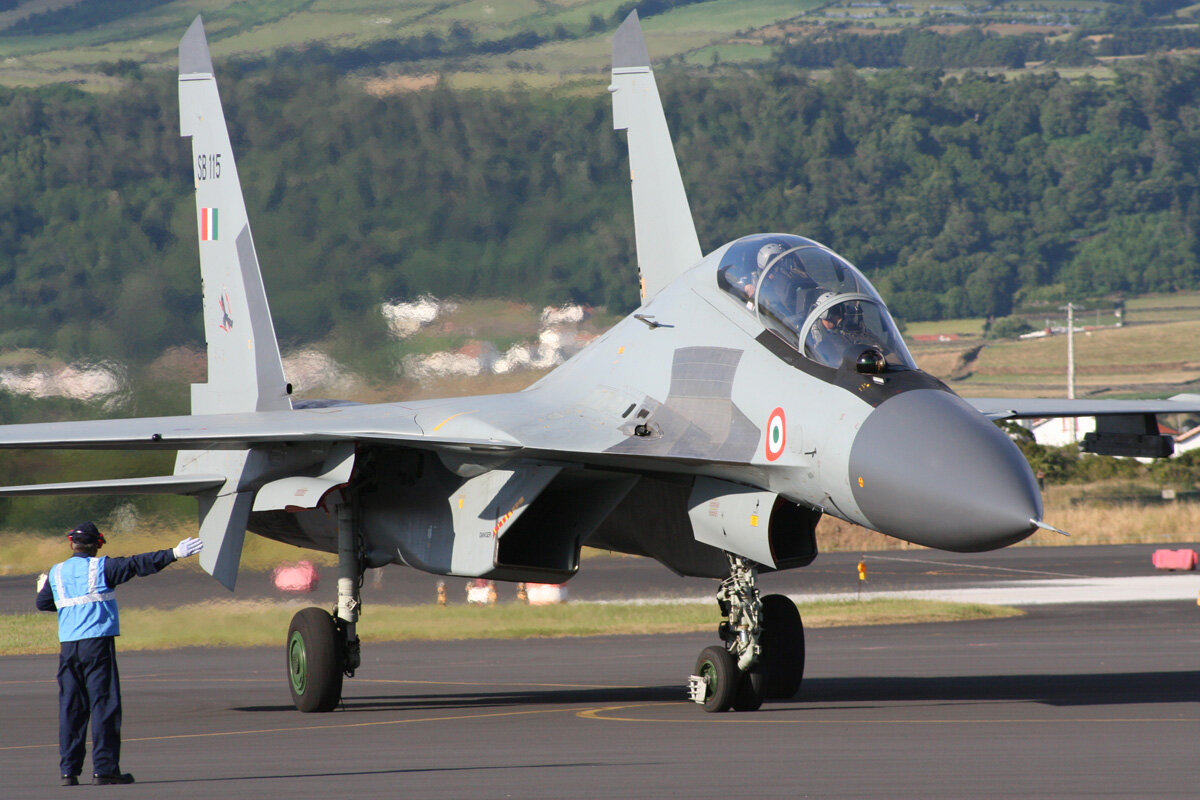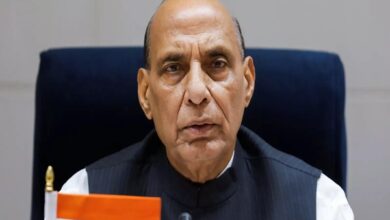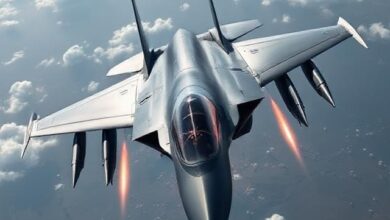India And Russia Are In Talks About Jointly Producing Su-30 Fighters For International Market

- India and Russia could enhance their defense ties and broaden their influence in the global arms market by jointly producing Su-30 fighters for export.
- Nevertheless, the reactions of Western countries, particularly the United States, are unclear as India has recently signed new defense agreements with them.
India and Russia are currently in talks to jointly produce and export Su-30 fighter jets, which could have a major impact on their respective defense markets. India’s main goal is to bolster its domestic defense sector, while Russia aims to sidestep economic sanctions from the U.S., particularly under CAATSA legislation.
For more than 20 years, Hindustan Aeronautics Limited (HAL), the state-owned aerospace company in India, has been constructing Su-30MKI fighters for the Indian Air Force (IAF). Supported by the Indian government, these discussions aim to manufacture versions of the Su-30 that can be exported from India. Since its inception in 1998, the advanced Su-30MKI has been a key element of the IAF, boasting features such as thrust vectoring engines and electronically scanned array radar.
The Su-30MKI, a multirole fighter co-developed by Sukhoi Design Bureau and HAL for the IAF, boasts thrust vector control and canards that greatly improve its maneuverability.
Following its first flight in November 2000, the aircraft was officially inducted into service in September 2002. With an order of 272 units placed by the IAF, this aircraft stands as the cornerstone of their fighter fleet.
The Su-30MKI boasts an impressive arsenal of 12 hardpoints with a maximum carrying capacity of 8 tons. These hardpoints are capable of holding various armaments, such as the Kh-29, Kh-31, and Kh-59M air-to-surface missiles, as well as the R-27, R-73, and R-77 air-to-air missiles. In addition, the aircraft is equipped with defensive electronic countermeasures including the Tarang radar warning receiver developed by DRDO, chaff/flare dispensers, and active jammers. Its power comes from two AL-31FP engines with afterburners, enabling it to achieve a top speed of Mach 1.9 and travel up to 3,000 km. With in-flight refueling capabilities, this range can be extended to an impressive 8,000 km.
The collaboration between India and Russia in producing Su-30 fighters presents mutual benefits. For Russia, it allows them to overcome the limitations of CAATSA restrictions, which have impeded their ability to sell military equipment to a wider range of nations. By manufacturing Su-30s in India, Russian-designed fighters gain entry into untapped markets that would have otherwise been restricted due to sanctions. On the other hand, for India, it serves as a means of bolstering and expanding its own defense production capabilities, which supports numerous local companies involved in the Su-30 program.
Although exporting Indian-made Su-30s may seem appealing, there are still obstacles to overcome. These domestically produced fighters currently have a higher cost and maintenance demands compared to their Russian equivalents. However, introducing upgraded versions with better engines, sensors, and weapons could potentially make them competitive in the international market. Furthermore, India’s ongoing efforts to localize production could eventually lead to cost reduction and improved quality.
This collaboration has strategic implications that go beyond economics. Together, India and Russia could enhance their defense ties and broaden their influence in the global arms market by jointly producing Su-30 fighters for export. Nevertheless, the reactions of Western countries, particularly the United States, are unclear as India has recently signed new defense agreements with them.







Facebook Comments